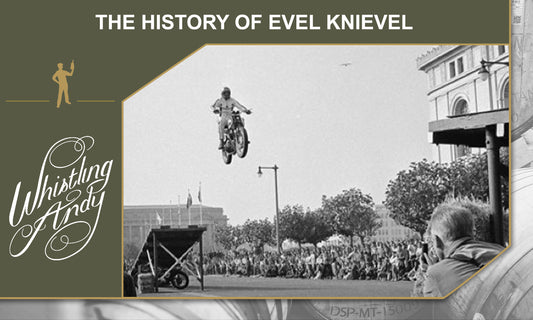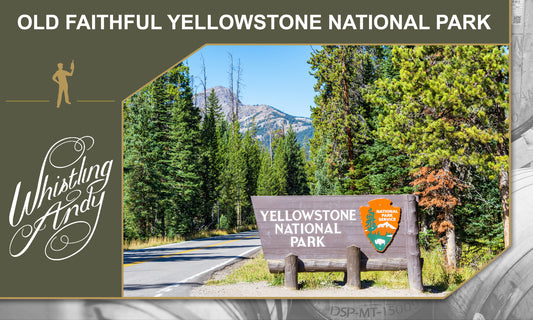If you’re looking for a frightfully good time, look no further than Montana, which is teeming with ghost towns thanks to its rich mining roots. While many of these towns once thrived, they are now largely in ruin and disrepair.
Elkhorn
Elkhorn was at its peak in the late 1800s as a busy mining town, complete with a post office, hotels, a church, bowling lanes, and several hundred homes.
Nowadays, Gillian Hall and Fraternity Hall comprise Montana’s smallest state park. Both buildings are excellent places to see, as is the local cemetery.
Where to find it: As its name suggests, Elkhorn is located in the Elkhorn Mountains, about eighteen miles from Boulder.

Kendall
Like Elkhorn, Kendall was once a successful mining town in the early 1900s. At its peak, it boasted a population of 1,500 people. This town fell into ruin when Hilger, which was closer to the rail line, came into existence and people moved for convenience.
Unlike some ghost towns, the ruins here are high-quality and some even have interpretive signs.
Where to find it: Kendall is located north of Lewistown along Last Chance Creek.
Comet
Comet got its start in 1883 thanks to Comet Mine. With only 300 people, it’s one of the smaller ghost towns. Ores that were mined, including gold, silver, lead, copper, and zinc, were smelted nearby in Wickes. This mine was quite profitable, producing more than $13 million worth of product, but was nearly depleted by the end of World War I.
Comet is unique thanks to its tin-sided mill, a must-see if you visit this town.
Where to find it: Comet is located about thirty miles south of Helena.
Garnet
One of the most famous ghost towns in Montana, Garnet flourished in 1895 thanks to a mill built nearby for processing ore. This town was originally named Mitchell, after Dr. Armistead Mitchell, and was later renamed Garnet (most likely after the mountain range).
Over twenty buildings are still standing in this ghost town, many of which are open for tourists to wander through in the summer months.
Where to find it: Garnet is located in Drummond, about thirty miles east of Missoula.
Bannack State Park
Now a historic landmark, John White discovered gold here in Grasshopper Creek in 1862, which was the start of the infamous gold boom.
The park boasts more than 1500 acres and over sixty buildings (all original) and hosts Ghost Walks in October along with camping opportunities.
Fans of history also love this park because it’s where the Montana Vigilante group took control of the lawless region, hanging several people, including Sheriff Henry Plummer.
Where to find it: Bannack State Park is twenty-five miles west of Dillon.
Castle Town
Founded in 1891, this town once had a population of 2,000 people and was home to fourteen saloons, a jail, seven brothels, and multiple shops. Its glory was short-lived: Castle Town never recovered from the infamous Silver Panic of 1893.
This ghost town is located on private land, but much of it can be seen from the road. It’s worth a drive-by, as it was once home to the famous Western legend Calamity Jane.
Where to find it: The Castle Museum in White Sulphur Springs offers great info about this town. The town itself is off of NF-581 in the Castle Mountains.
Marysville
Once a thriving gold-mining town, Marysville is still an active community with a small population of about one hundred people. While the original mine was closed in 1904, some mining still occurs here.
This town is most known for Irishman Thomas Cruise, who named the town after its first female inhabitant (Mary Ralston). Cruise’s Drumlummon Mine was highly successful, producing more than $50 million in ores.
Several of the buildings are well-preserved and there are several ghost stories here. Locals talk about a severely mangled hunter riding a bicycle, a headless woman who haunts the summit of Bald Butte, and an old miner with a large mustache and a hook hand who hangs out in American Gulch.
Where to find it: Marysville is twenty miles from Helena.
Nevada City
Nevada City was a truly derelict ghost town until the 1950s when Charles Bovey began collecting buildings from all across the state and added them to the original Nevada City ones.
This city is one of the best places to learn about the Alder Gulch gold rush and paints a great picture of life in the early days in Montana. There are over 100 buildings along with a collection of artifacts and a nearby railroad to Virginia City where you can pan for gold or enjoy a historical re-enactment.
Where to find it: Nevada City is about seventy miles southeast of Butte and about a mile away from Virginia City.

Virgelle
Miners aren’t the only people responsible for leaving behind ghost towns. Virgelle was founded by homesteaders in 1912 along a portion of the Great Northern Railroad. However, this boom was short-lived: the town went bust in the 1930s.
Nowadays, you can rent a homesteader cabin here and enjoy the local antique shop.
Where to find it: Virgelle is seventy-four miles northeast of Great Falls.
With more than sixty ghost towns, Montana is a great place to visit if you’re looking for a glimpse into the old mining or homesteader lifestyles, or if you are hoping for a chance to spot a ghost.





